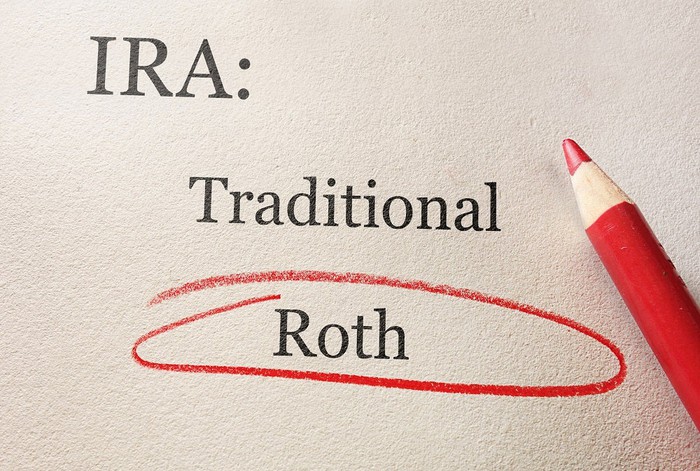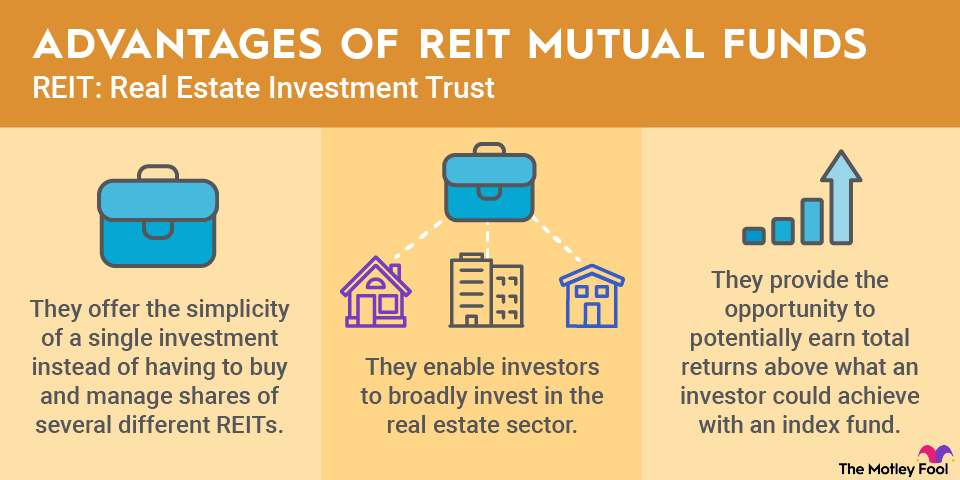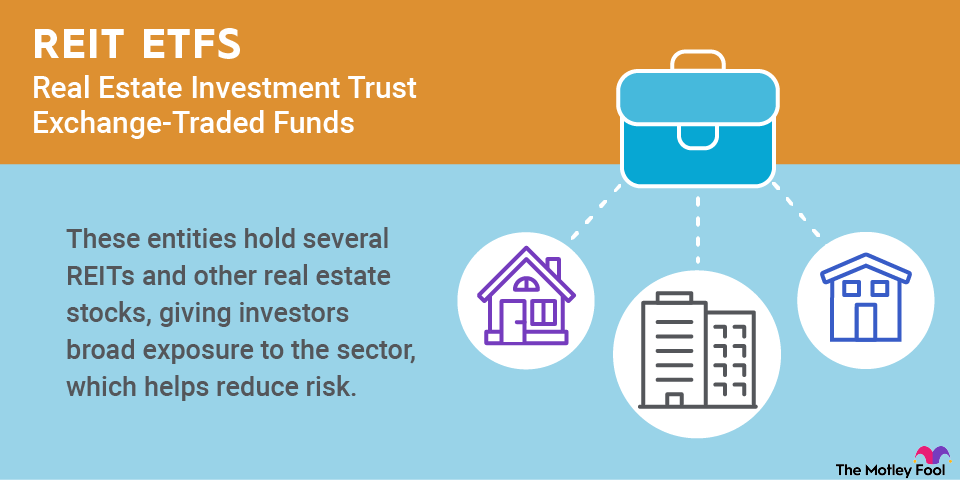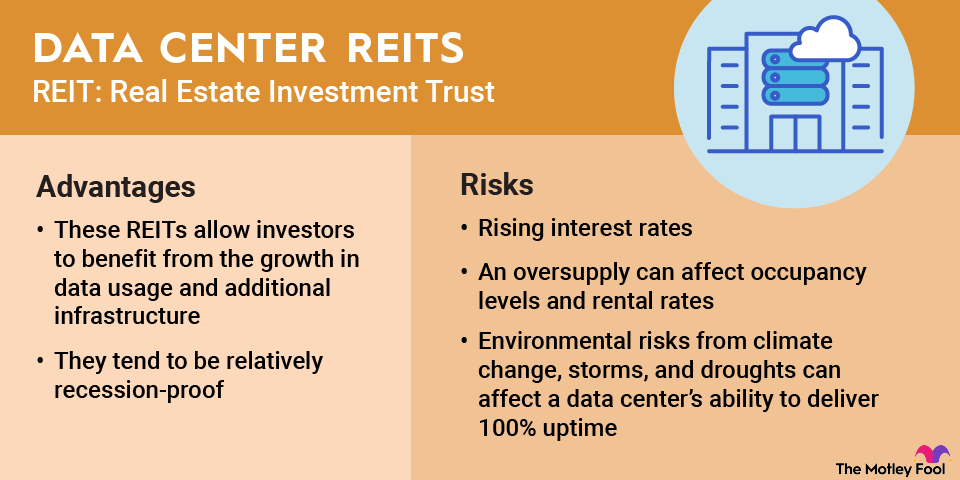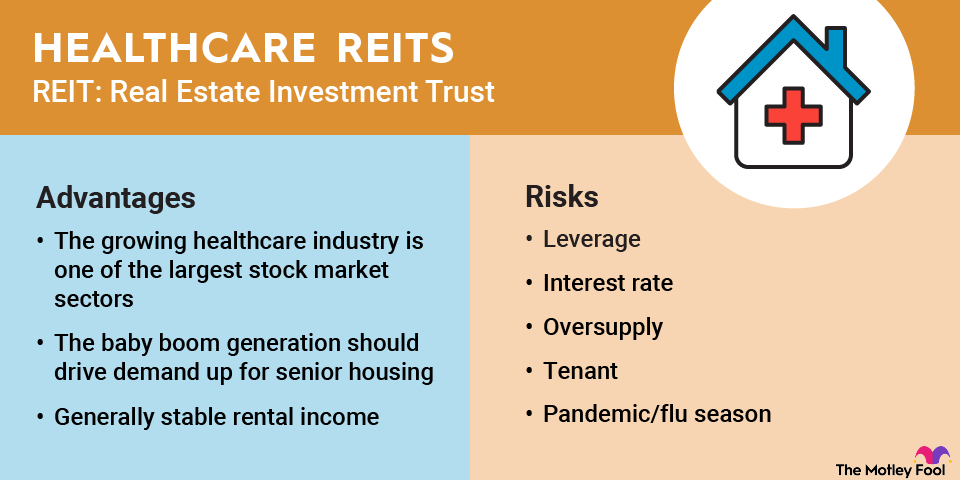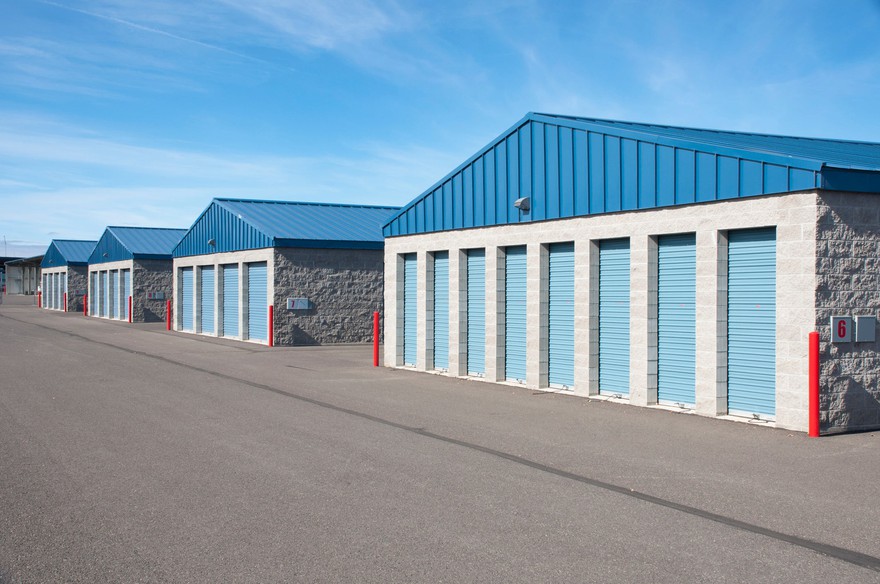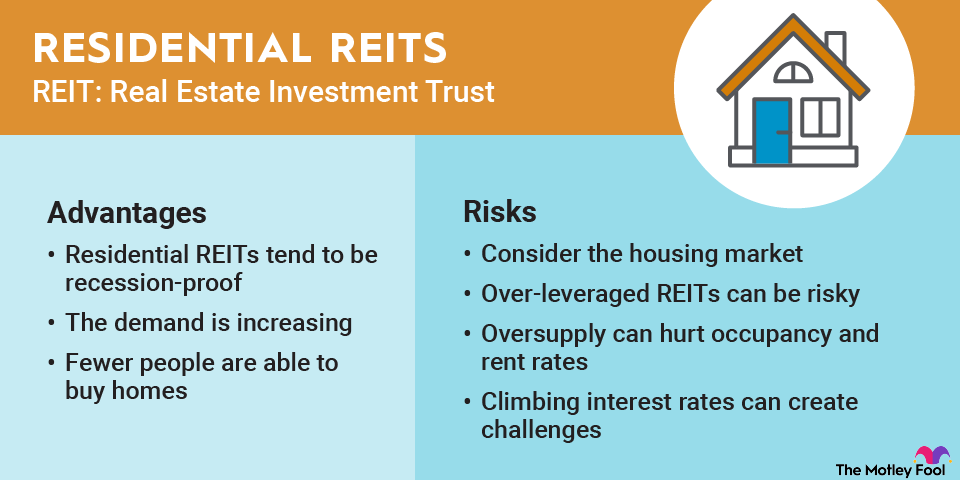Industrial real estate investment trusts (REITs) are entities that own industrial properties, such as warehouses and manufacturing facilities. Manufacturing and logistics companies are increasingly finding they don't need to own their real estate. That's opening the door for industrial REITs to buy these properties and lease them back to industrial companies, helping to drive growth for both groups.
Here's a closer look at the industrial REIT sector, including its advantages and risks, and some industrial REITs worth considering.
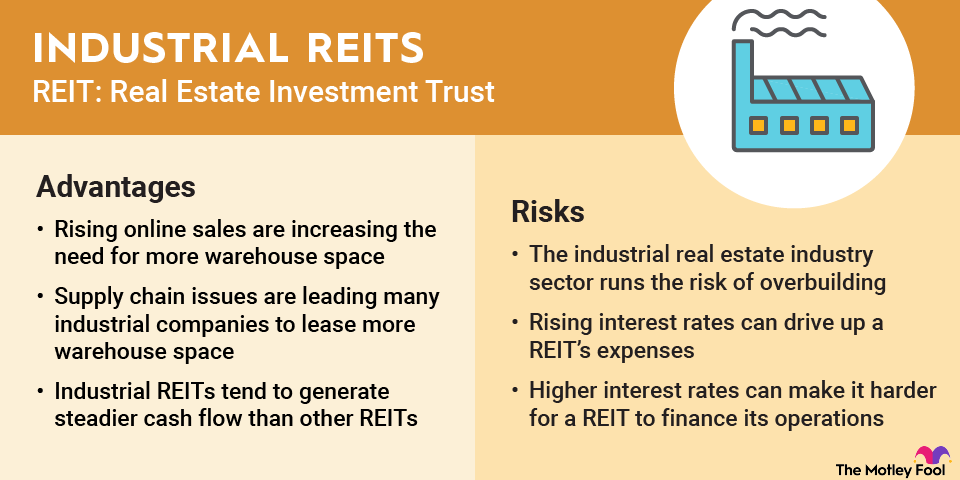
Understanding industrial REITs
Industrial companies use many different types of real estate to develop, manufacture, or produce goods and products. They require specialized real estate to support the movement and storage of products and goods. Properties in the sector include:
- Light manufacturing facilities.
- Food manufacturing facilities.
- Temperature-controlled warehouses (e.g., cold-storage facilities).
- Growing facilities and other properties for medical-use cannabis.
- Flex/office space, meaning a combination of office and industrial space, like a warehouse or light manufacturing.
- Logistics properties such as warehouses and fulfillment centers.
Industrial REITs lease these properties to tenants under long-term contracts, some as long as 25 years. They'll often rent an entire industrial building to one tenant under a triple net lease structure, making the tenant responsible for covering building insurance, real estate taxes, and maintenance. The agreements supply the REIT with steady cash flow.
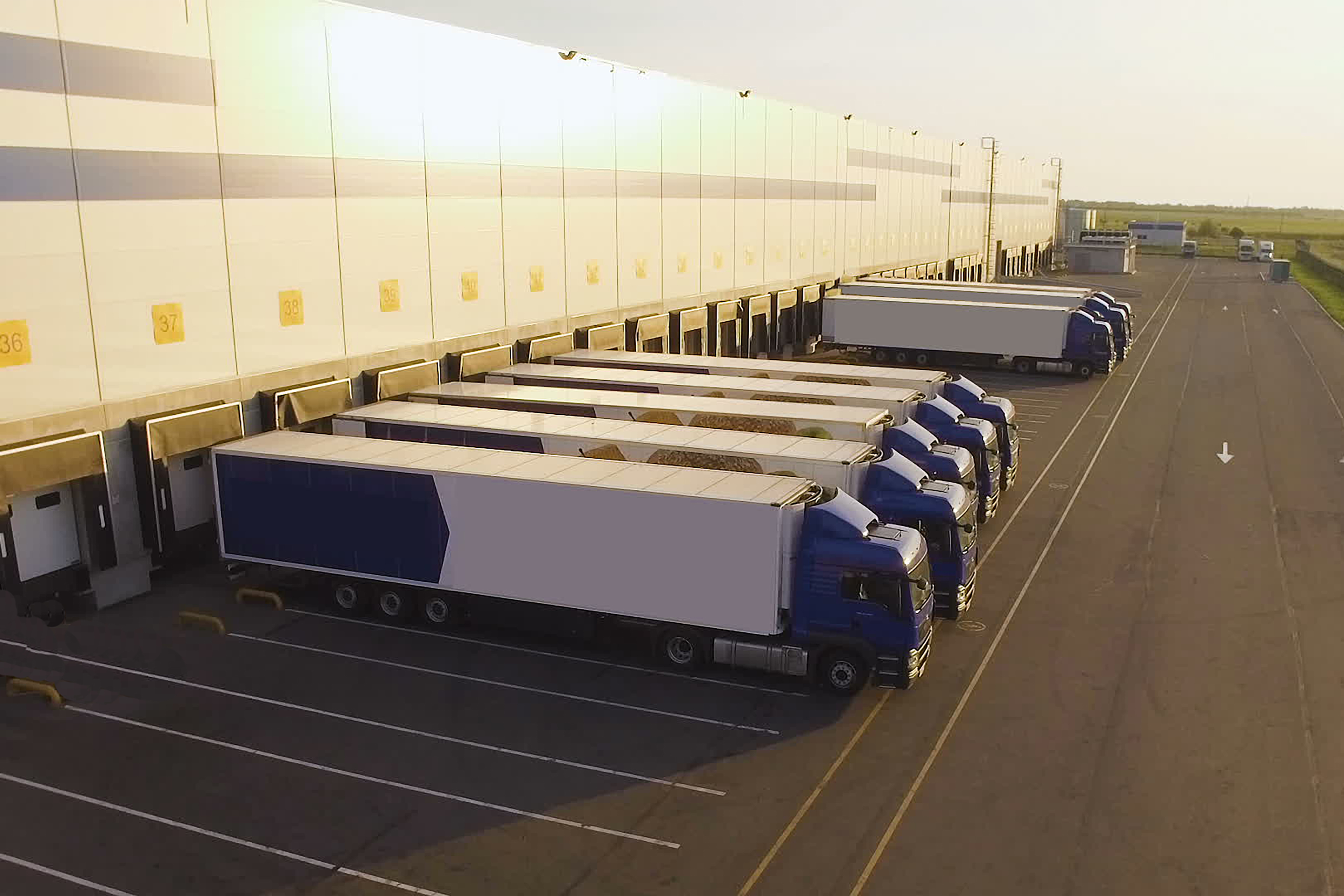
Advantages of investing in industrial REITs
Industrial REITs have a lot to offer investors, including:
- Upside to the growth of e-commerce: Rising online sales are increasing the need for more warehouse space, which these REITs provide.
- Cashing in on supply chain issues: Supply chain disruptions since the pandemic are leading many companies to lease more warehouse space to store additional inventory.
- Capitalizing on the onshoring of manufacturing: Tariffs and other catalysts are leading many companies to bring manufacturing back to the U.S. because of supply chain issues and other factors, providing new growth opportunities for industrial REITs.
- Stable cash flows: Industrial REITs typically sign long-term triple net leases (NNN). These leases produce stable cash flow, often making the sector relatively recession-resistant.
Risks of investing in industrial REITs
The industrial real estate industry isn't without risk. Notable risk factors to consider include:
- Overbuilding: Many industrial REITs develop new properties on speculation or without securing a tenant before starting construction. Problems arise if developers build too much speculative capacity in certain markets, which can cause occupancy levels and rental rates to decline.
- Tenant troubles: Tenants can experience financial trouble, affecting their ability to pay rent. That can affect a REIT's financial results until it finds replacement tenants for those properties.
- Interest rates: Rising interest rates can increase a REIT's interest expenses, affecting its cash flows. It can also make it more expensive to fund new developments and acquisitions.
Seven industrial REITs to consider in 2025
According to the National Association of Real Estate Investment Trusts (NAREIT), there were 12 publicly traded industrial REITs in mid-2025. Here are a few interesting ones for investors to consider:
1. Prologis

NYSE: PLD
Key Data Points
Prologis (PLD +0.53%) is the largest industrial REIT by a wide margin and one of the largest REITs overall. In mid-2025, the company had investments in almost 5,900 buildings encompassing roughly 1.3 billion square feet of space leased to about 6,500 tenants. The company has a global logistics business with operations in 20 countries.
Prologis stands out from other logistics-focused industrial REITs. It has a global reach; most rivals typically emphasize the U.S. market. Prologis also has an investment management platform, enabling it to earn management fees in addition to rental income. Finally, it has a global development platform, which enhances its growth prospects. These differences have enabled Prologis to grow faster than other logistics REITs over the years.
2. Americold Realty Trust

NYSE: COLD
Key Data Points

NYSE: IIPR
Key Data Points
5. Rexford Industrial Realty

NYSE: REXR
Key Data Points
Rexford Industrial (REXR -1.33%) is a pure-play industrial REIT focused solely on the Southern California industrial market. It's one of the largest markets in the world, benefiting from high demand, low supply, and high barriers to entry. Those market conditions keep occupancy levels high, driving healthy rental growth rates.
The REIT owns 422 properties in Southern California with 51 million square feet of space leased to more than 1,600 customers. It steadily expands its portfolio by acquiring new properties, often with the purpose of adding additional value through leasing, expansion, or redevelopment.
6. Lineage Logistics

NASDAQ: LINE
Key Data Points
Lineage Logistics (LINE +1.47%) is the world's biggest temperature-controlled warehouse REIT. The company owns 488 warehouses with 3.1 billion cubic feet of space across 19 countries. It's more than double the size of its closest rival (Americold).
Lineage has grown into the dominant player in cold storage by making a series of acquisitions to roll up the highly fragmented sector. These deals have driven a robust 44% compound annual growth rate in its adjusted earnings before interest, taxes, depreciation, and amortization (EBITDA) since 2008.
Lineage also expands by investing in expansion projects and new developments. It has built the equivalent of the world's fourth-largest global cold storage company since 2019.
7. EastGroup Properties

NYSE: EGP
Key Data Points
EastGroup Properties (EGP -1.07%) is a warehouse REIT focused on high-growth markets in the Sun Belt region. The company primarily owns clusters of smaller facilities (20,000-100,000 square feet) near major transportation infrastructure. It owned more than 63.9 million square feet of properties in mid-2025.
EastGroup has built half of its portfolio from the ground up. It has invested $3.3 billion to develop 271 properties with 31.7 million square feet since 1996. It builds in park-like settings. This strategy drives increased returns with less risk.
The REIT also acquires properties near its existing locations. It focuses on value-add opportunities such as vacant properties or those with expansion potential.
Related investing topics
Many different industrial REIT options
Industrial real estate covers a lot of ground, so many industrial REITs focus on a specific property type. That gives investors a wide variety of ways to invest in the sector.



